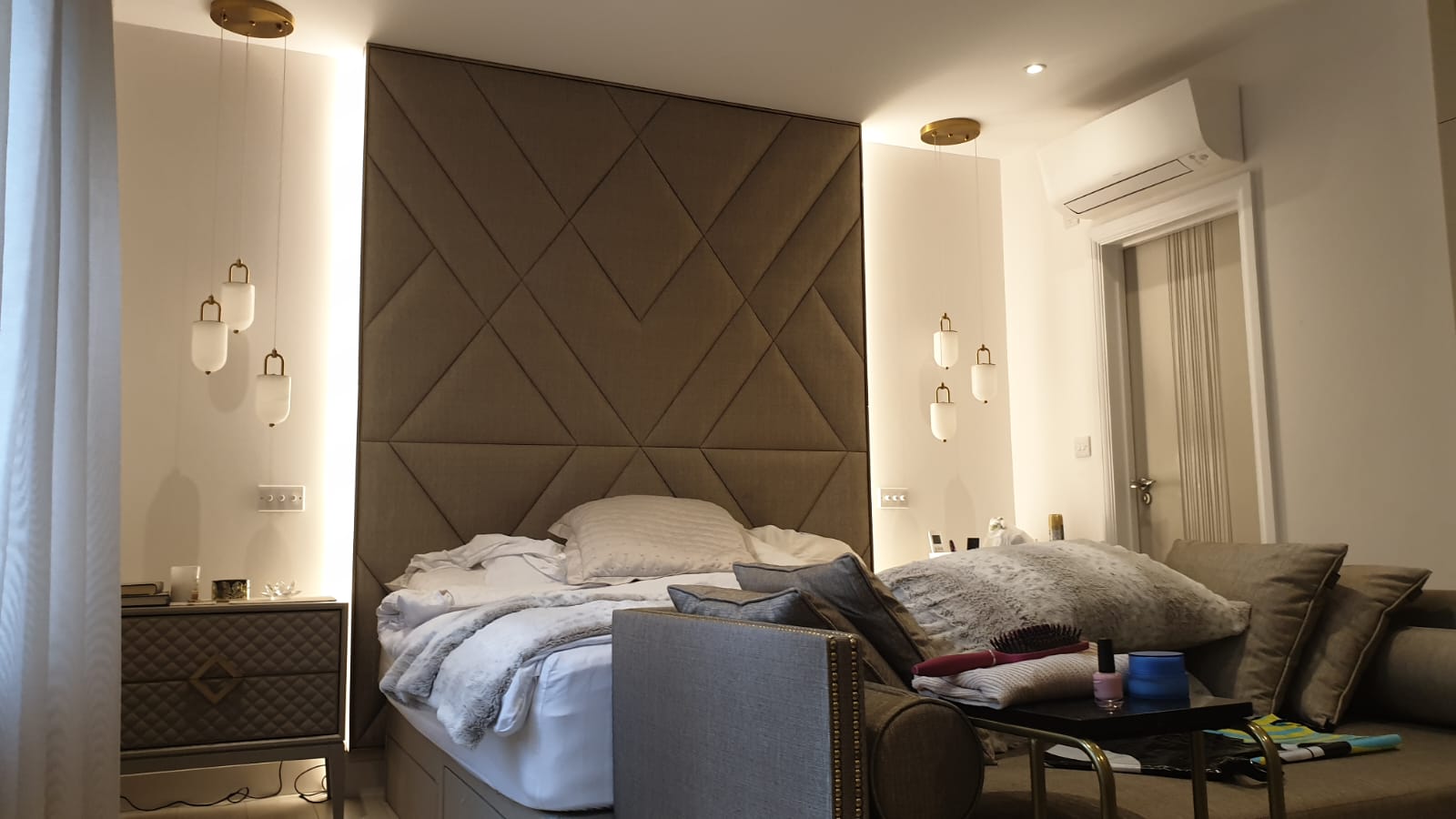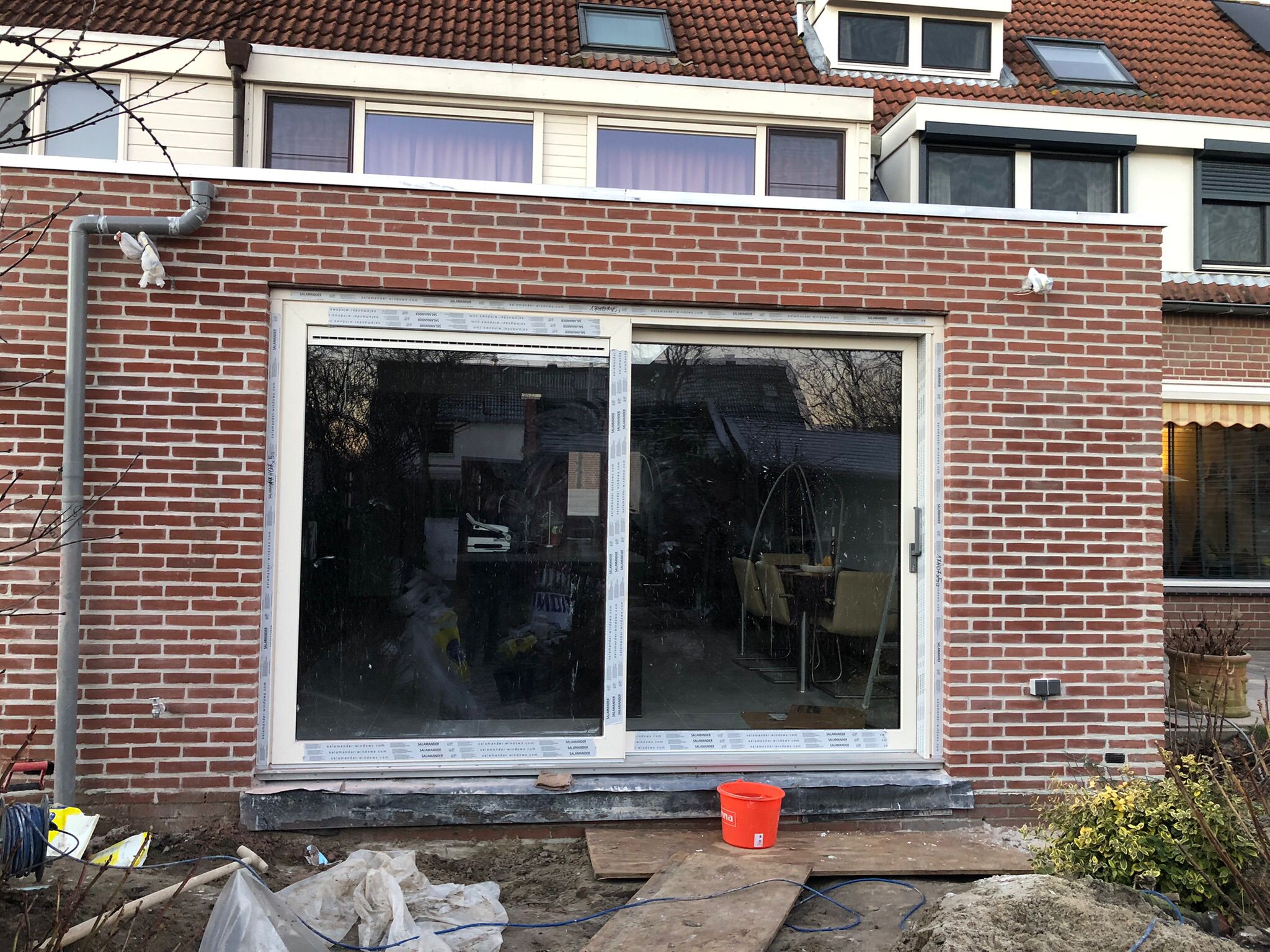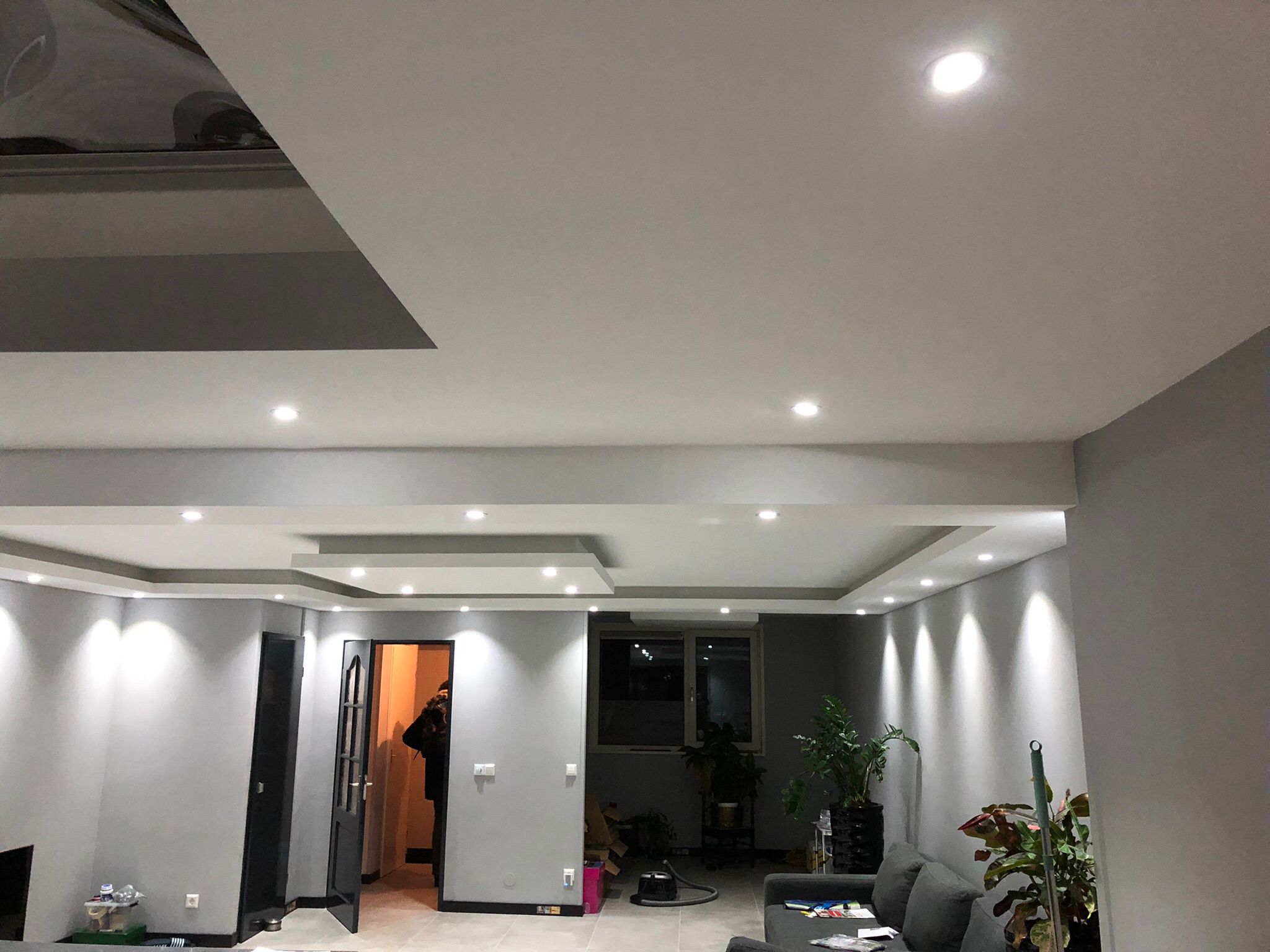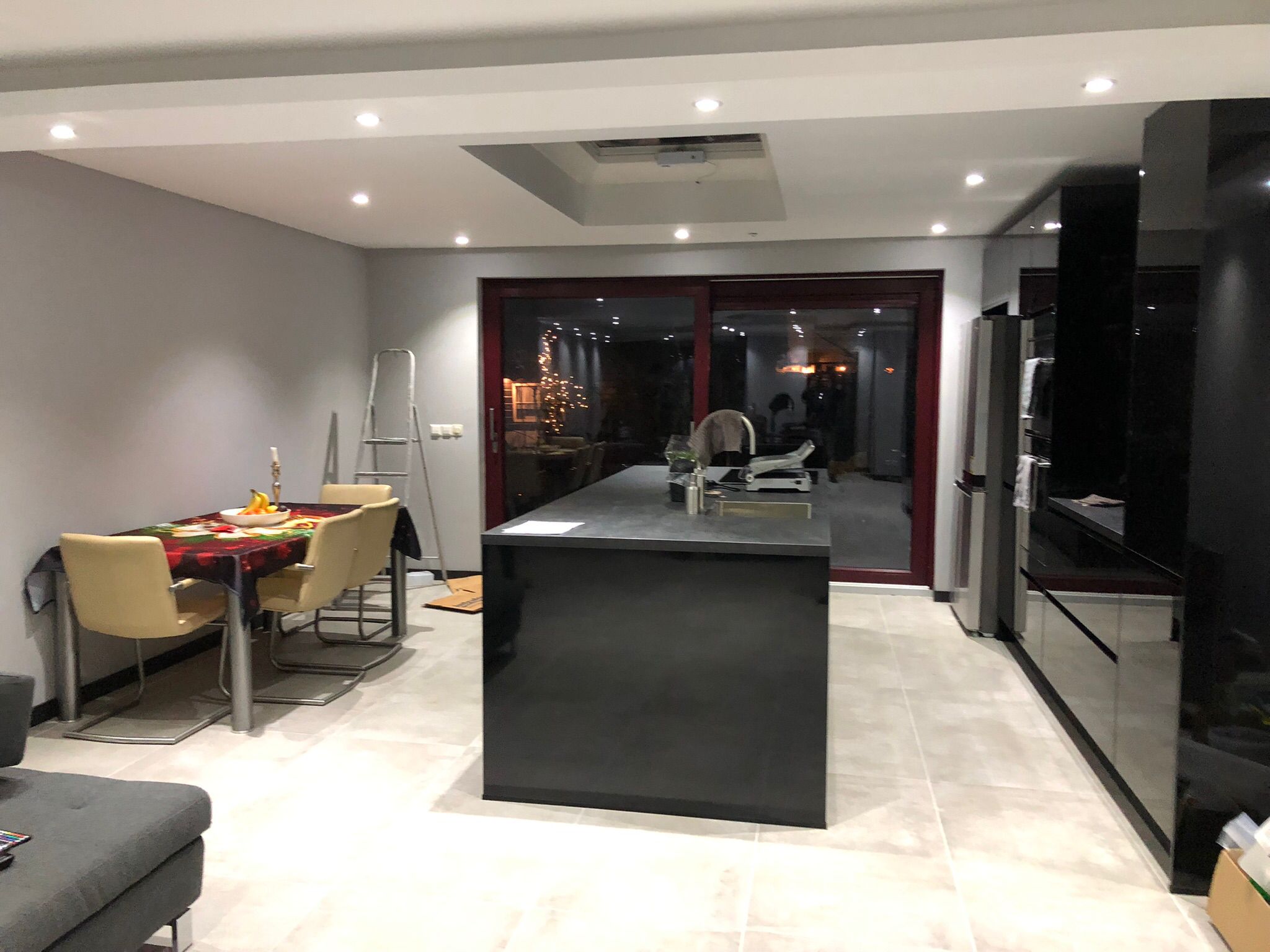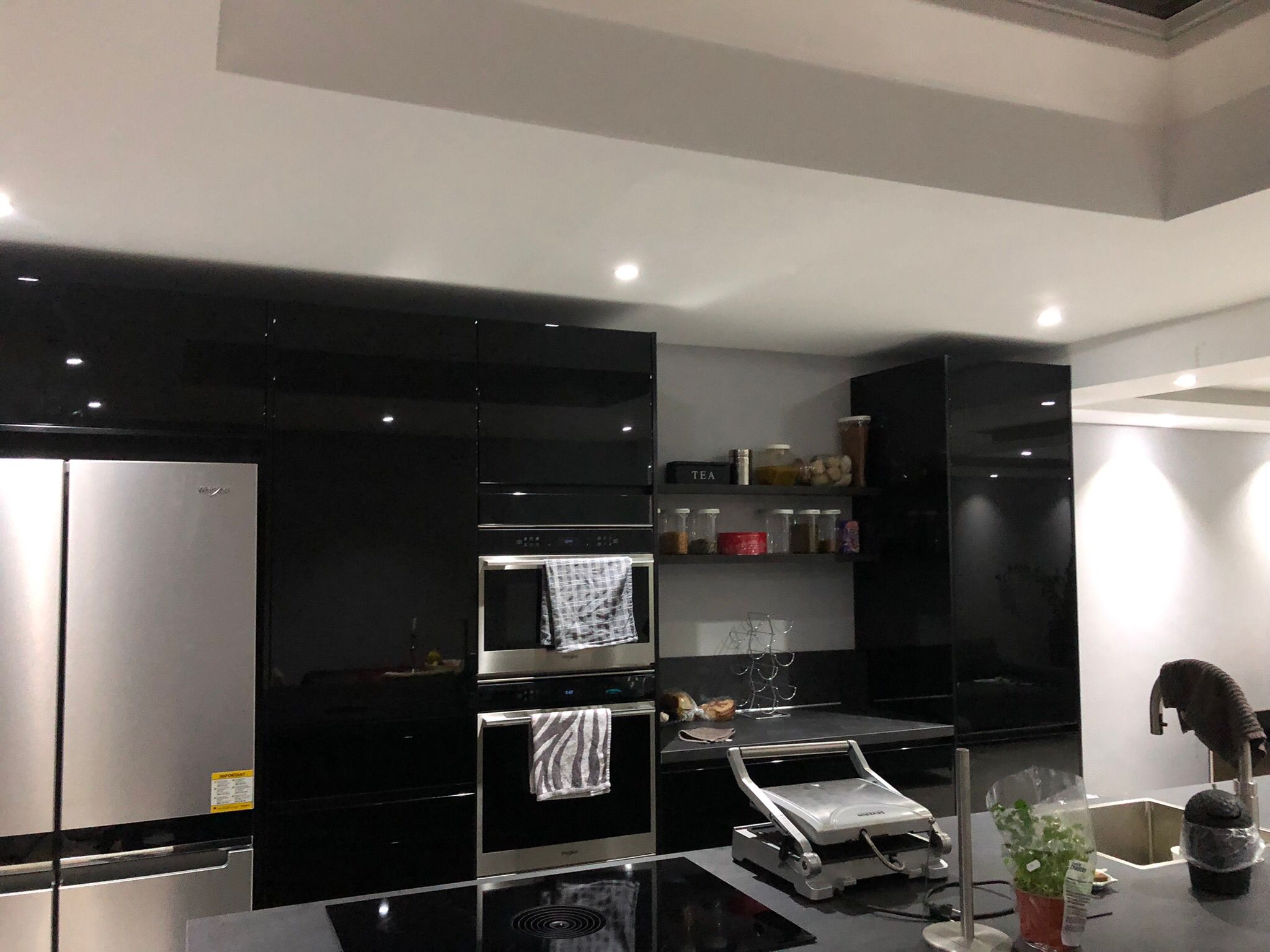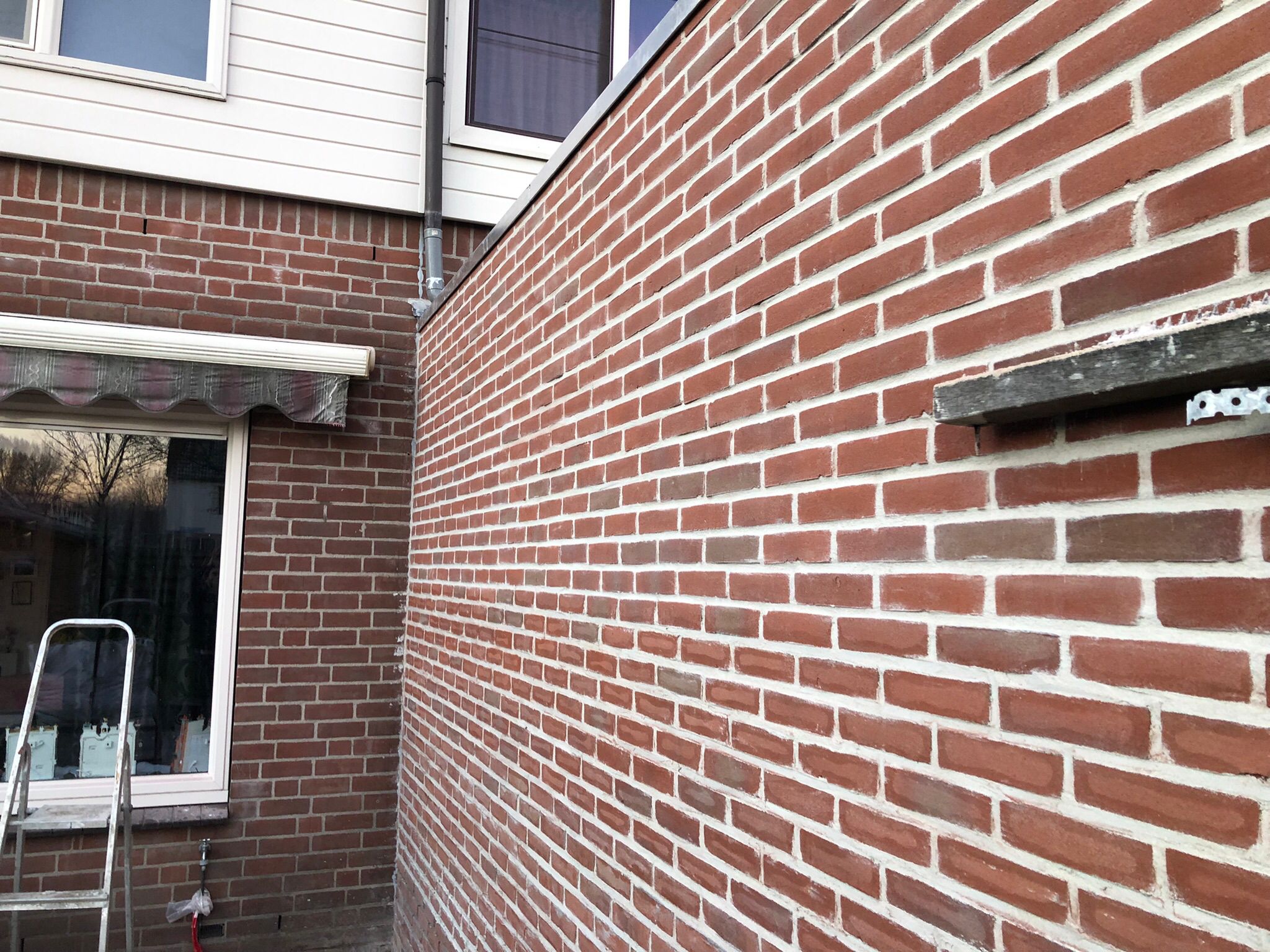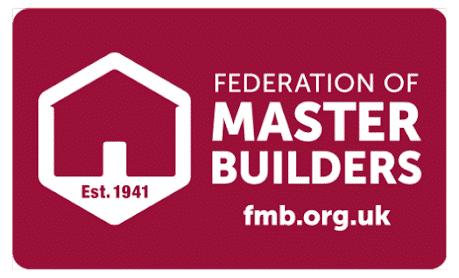New build
Embarking on the journey of constructing a house in London is an intricate process, requiring careful planning and execution across various phases. Each stage plays a crucial role in shaping the final outcome, ensuring a well-constructed and thoughtfully designed home. Let’s delve into the key phases that self-builders in London navigate, from the initial site preparation to the final touches that transform a construction project into a dream home.
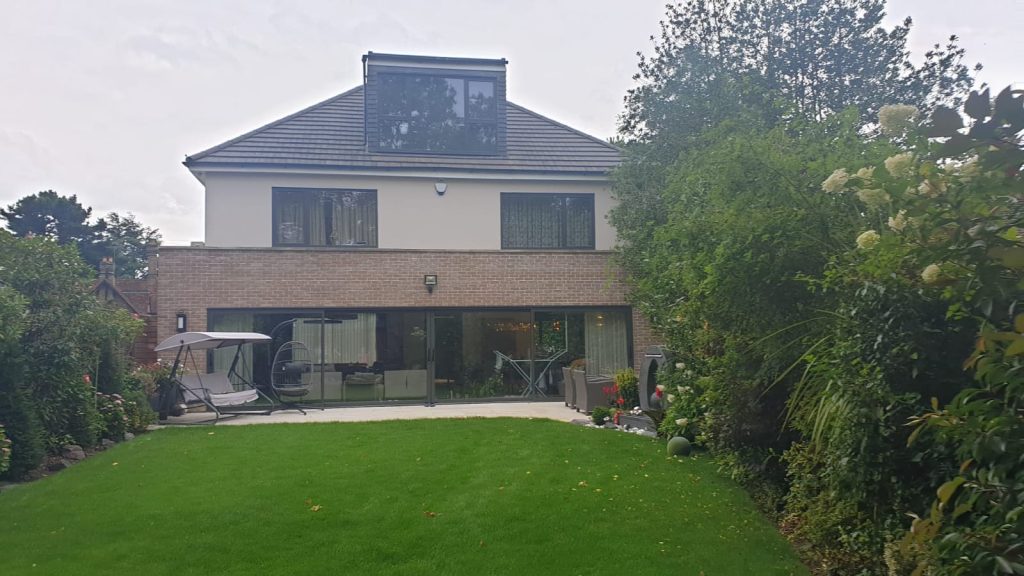
Building Steps
Site Preparation:
The journey begins with the preparation of the construction site. This phase involves a series of tasks aimed at creating a suitable foundation for the upcoming build. Site access is established, debris is cleared, and a site office is set up to serve as a command centre for the construction activities. Additionally, essential facilities like a portable toilet and secure storage containers are arranged. The water supply is connected to the boundary stopcock, and a temporary water standpipe is installed by a plumber. The surveyor marks out the house on the cleared site, creating a blueprint for the subsequent construction phases. This meticulous preparation sets the stage for the construction process to unfold seamlessly.

Laying Foundations
Once the site is meticulously prepared, attention turns to laying the foundations – a critical step that forms the structural base of the house. Excavation of trenches for the foundations is undertaken, followed by obtaining building control and warranty inspection approvals. Reinforcement bars, mesh, or cages are installed to provide strength, and compressible materials or slip membranes are added as necessary. Service ducts are laid through the foundations to accommodate essential utilities. Scaffolding is erected if needed, and the concrete footings are poured and levelled. Bricklayers then build up the blockwork to the damp-proof course, marking the completion of the foundation phase. This stage sets the groundwork for the superstructure construction to commence.

Constructing the Superstructure
The construction of the superstructure marks a significant milestone, as the house begins to take shape above ground. Groundworkers continue their tasks, such as digging trenches for services and laying pipes and ducts. Concrete floor beams are positioned in each bay, and protruding drainage and vent pipes are installed. The space between the floor beams is infilled with blocks, and coursing blocks and ventilation grilles are laid. Building control and warranty inspections are carried out to ensure compliance. The superstructure is then initiated, with the installation of templates for windows, doors, and the erection of the first level of scaffolding. This stage provides a visible representation of the future dwelling, giving a sense of progress and achievement.
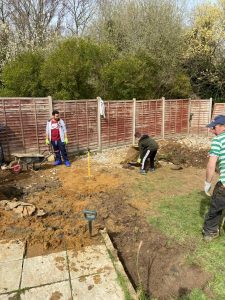
Progressing to the Wallplate
Continuing the upward trajectory, the construction progresses to the wallplate stage. The walls are built up to the designated height, and additional scaffolding levels are erected. Carpenters come into play, building end trusses as templates and constructing gable ends and chimneys. The plumber installs lead flashings, trays, and skirts on chimneys, ensuring proper waterproofing. Vent pipe flashings are fitted through the roof, and chimney pots are added. Bricklayers meticulously point the chimney flashings, creating a polished finish. This stage sees the completion of the walls up to the wallplate, providing a clear structure that hints at the final form of the home.

Constructing the Roof
The roof construction is a pivotal phase, representing a major milestone in the construction journey. Carpenters are tasked with slinging roof trusses and fixing them to the wallplate. Bracing and binders are installed at nodes, and layboards are fixed to valleys. Any dormers are constructed and essential components such as fascia, soffit, and ventilation are added. This phase is crucial for achieving a fully enclosed structure, protecting the interior from the elements. Roofers then take over to cut and lay undercloaking at verges, felt and batten the roof, and install tiles or slates. Ridge, hip, and valley tiles are added, ensuring a watertight and aesthetically pleasing roof. Plumbers play a role in dressing down flashings and skirts, completing the roofing phase.

Exterior and Interior Finishing
With the structure now complete, attention turns to the finishing touches both inside and outside. Plumbers install guttering, window suppliers fit external joinery, and plasterers complete any rendering required. Scaffolding is dismantled, and downpipes are added, connecting to drainage. External paint or finish is applied, and carpenters commence the first fix, installing door linings, stud partitions, and boards. Plasterboard noggins and box vents are installed, along with any necessary roof stands. The first fix stage sets the foundation for the interior spaces, creating a shell ready for the second fix trades.

First Fix Electrics and Plumbing:
The first fix stage focuses on shaping the mechanical systems within the house. Plumbers install floor membranes and insulation, sealing joints. Underfloor heating loops are laid, and first fix plumbing for water and waste is put in place. Internal gas pipes are run, and underfloor heating is connected to manifolds and outlets. A protective cover is added over the screed, ensuring proper curing. Simultaneously, the electrician runs wiring for lights and power, positions consumer units, wires external lighting, and installs TV/satellite and phone cables. Home technology systems are also integrated during this stage, providing the necessary infrastructure for advanced functionalities.

Drainage, Driveways, and Paths:
The exterior aspects of the construction project take shape during the drainage, driveways and paths phase. Groundworkers dig trenches for drainage runs, backfilling them with gravel. Drains are laid at required gradients, and manholes, rodding eyes and gullies are constructed. Approved contractors connect the drainage system to the main sewer, ensuring compliance with regulations. Simultaneously, carpenters complete noggings for plasterers and driveways and paths are built. Bricklayers may construct any fireplaces, and gas meters are installed and connected. Plumbers and electricians coordinate bonding activities, ensuring a seamless integration of services.

Focus on Interiors:
With the exterior aspects nearing completion, attention turns to the interiors. Carpenters fit the main staircase and protect it, while dry liners tack ceilings and line external and block walls with dot and dab plasterboard. Internal stud walls and pipe casings are tacked, and joints are filled and taped with scrim. Mesh is added between different materials, and all joinery is sealed inside and out with mastic. Walls and ceilings receive a skim coat, decorators treat the backs of skirtings and architraves, and roof insulation is installed. This stage transforms the interior spaces into habitable, aesthetically pleasing environments.

Fittings and Finishes
As the final details come together, carpenters hang internal doors, fit skirtings and architraves, and install the staircase bottom tread, balustrade and handrail. Loft hatches are fitted, and timber flooring is laid and protected. Tiling of floors is undertaken, and built-in bedroom and bathroom furniture is installed. Kitchen units are fitted, appliances are connected, and decorators touch up the paintwork. This stage brings the fittings, floors and finishes into place, presenting a completed interior ready for occupancy.

Second Fix Electrics and Plumbing:
The mechanical systems are finalised during the second fix stage.
